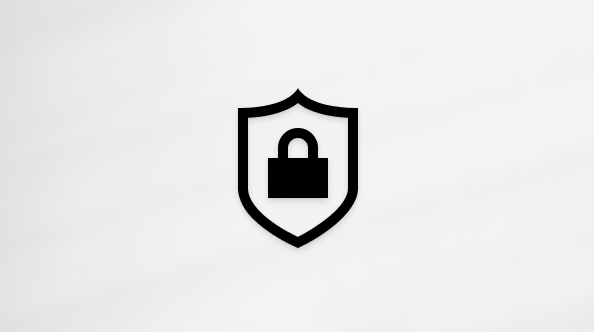If your organization allows it and your hardware and phone system are set up for it, you can use Microsoft Lync 2010 communications software to communicate with your contacts using video. To make a video call, you need a webcam, and either speakers and a microphone, a headset, or a USB audio device. You do not need a webcam to receive a video call from someone else.
Lync 2010 automatically detects your audio and video devices, but you may want to check your video optionsto choose alternate devices, adjust volume levels, and/or make sure that everything is working correctly. For more information, see Set video options.
What do you want to do?
Start a video call
To start a new video call, open Lync, find the contact you want to have a video conversation with, and then, in your Contacts list or search results, do one of the following:
-
Right-click a contact, and then click Start a Video Call.
-
Point to the contact to open the a contact card, and, in the contact card, click View more options for interacting with this person, and then click Start a Video Call.
For information about finding contacts, see Manage your contacts and Contacts list.
Add video to an existing conversation
During a conversation, you can add video so that conversation participants can see you.
-
In the conversation window, click the Videobutton.
After each other party accepts the video, the conversation window expands to display the video. Video controls such as Play and Pause appear.
Accept a video call
When you receive a video call from another contact, an alert appears in the lower-right corner of your computer screen.
-
Click the incoming alert. The conversation window opens and shows the caller’s video stream
-
For the other party to see you, click Start My Video.
Decline a video call
You might not want to accept a new video call.
-
Click Decline in the alert. If voice mail is enabled, the call is redirected to voice mail.










